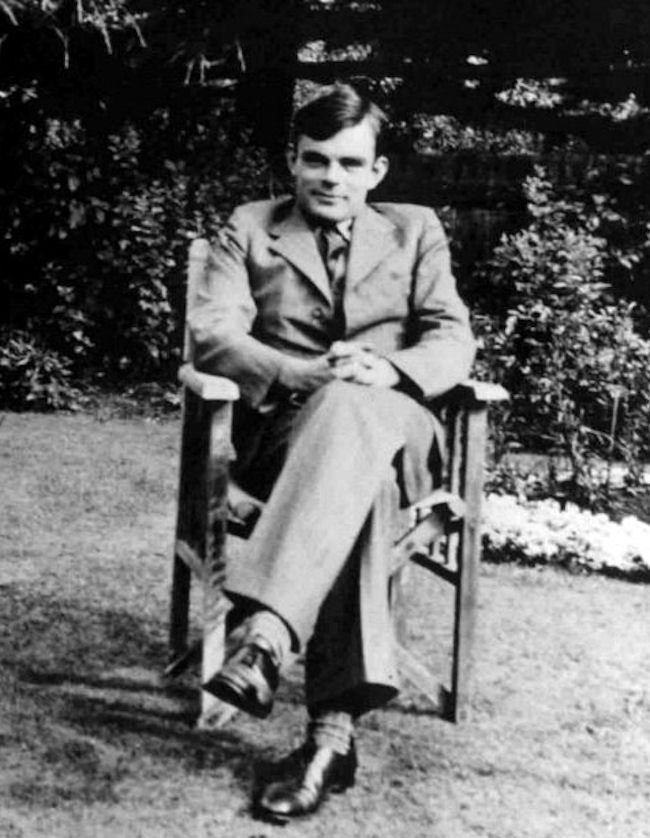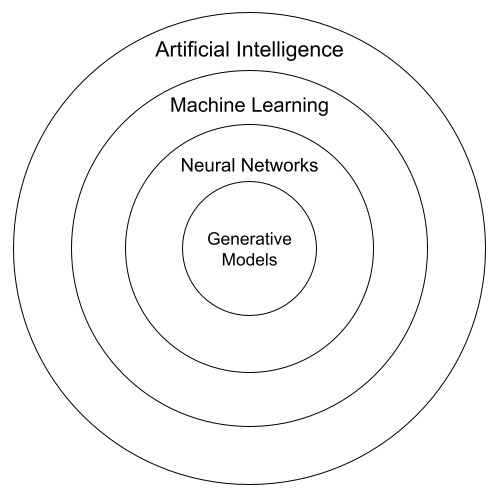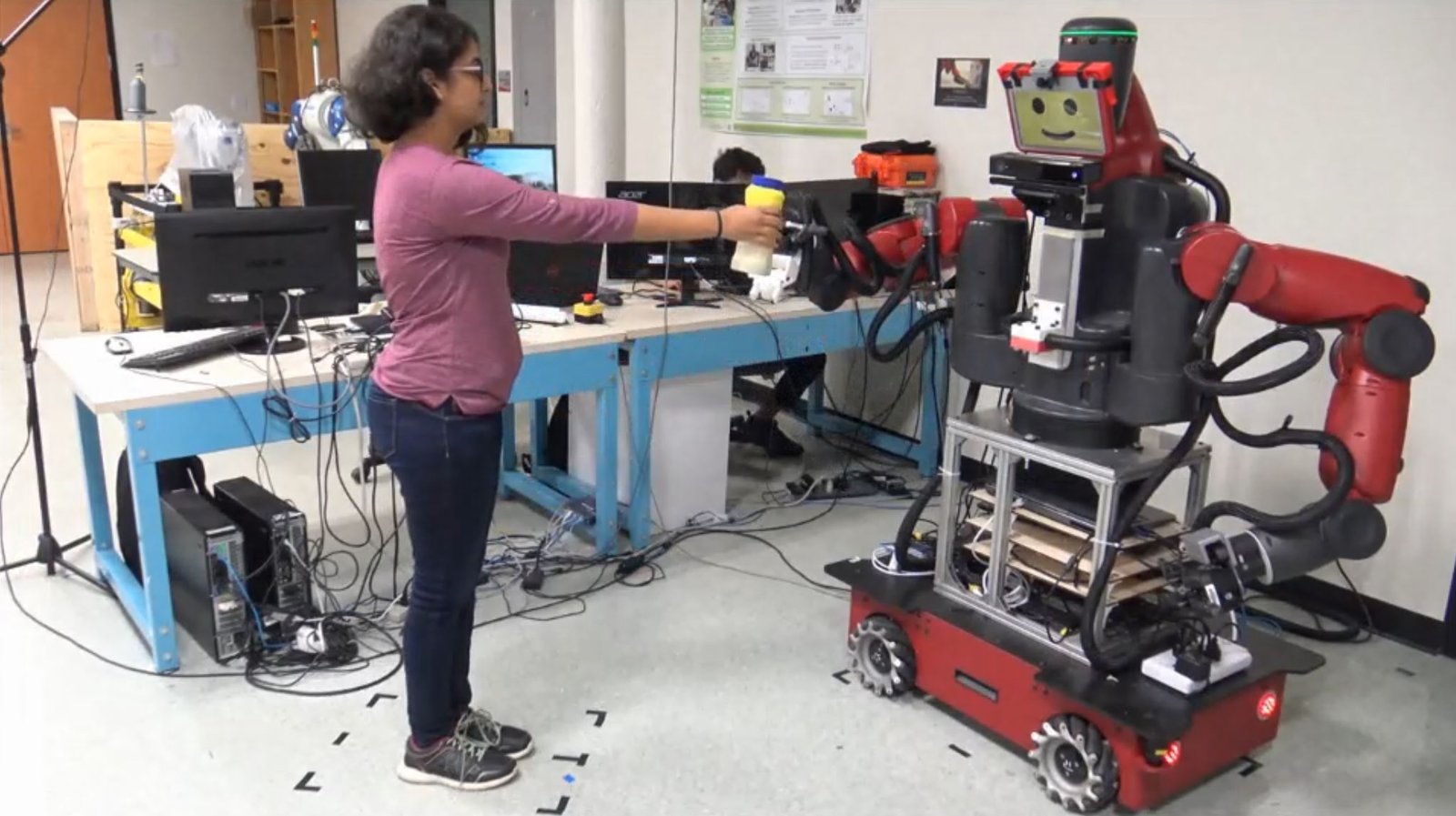It’s a question that can send shivers down your spine—are you actually chatting with a real person, or has a clever machine slipped past your guard? In a world overflowing with chatbots, virtual assistants, and eerily lifelike voices, the line between human and artificial intelligence is blurring faster than ever. The very idea of not knowing who—or what—is on the other side of your screen is both thrilling and unsettling. This is where the Turing Test, a simple yet profound experiment first imagined almost a century ago, steps into the spotlight. It’s a tale of ambition, ingenuity, and the ever-rising challenge of distinguishing flesh and blood from circuits and code. Let’s embark on a journey through the colorful past, uncertain present, and extraordinary future of the Turing Test—a journey that might just leave you questioning every digital conversation you’ve ever had.
The Birth of a Revolutionary Idea

In 1950, British mathematician and visionary Alan Turing shook the scientific world with a single, provocative question: “Can machines think?” Instead of offering a straightforward answer, Turing proposed what he called the “Imitation Game.” This clever experiment involved a human judge who would communicate with both a person and a computer, without seeing either. If the judge couldn’t reliably tell which was which, the machine would be said to “think.” At its heart, the Turing Test wasn’t about circuits or hardware—it was about conversation, deception, and the very essence of intelligence. It was a radical shift in perspective, suggesting that if a machine could convincingly imitate a human in dialogue, maybe it deserved to be called intelligent.
From Science Fiction to Scientific Challenge

The Turing Test wasn’t just a thought experiment; it quickly became a rallying point in the quest for artificial intelligence. Throughout the 1950s and 1960s, as computers grew from room-sized behemoths to smaller, more agile machines, scientists dreamed of building programs that could pass the test. The challenge inspired countless works of science fiction, from Isaac Asimov’s stories of robots with human personalities to the chilling computer HAL 9000 in “2001: A Space Odyssey.” The Turing Test became a symbol—a kind of Holy Grail—for researchers who believed that intelligent machines could one day walk among us, indistinguishable from their creators.
The Classic Turing Test in Action

Imagine sitting at a keyboard, firing off questions to two unseen entities. One is human, the other a computer. You ask about music, tell a joke, or debate the meaning of life. The goal? To figure out which is which, based solely on their answers. This is the purest form of the Turing Test, stripped of flashy graphics or robotic bodies. Over the decades, scientists have held countless competitions and experiments using this simple setup. Some early computer programs, like ELIZA, could fool people for a few minutes by mimicking a therapist’s vague replies. But humans usually caught on quickly, revealing just how hard it is for machines to truly “think” like us.
Not Just Words: The Power of Conversation
What makes conversation so uniquely human? It’s the tiny details—sarcasm, emotion, humor, and context—that often trip up machines. When you ask a friend, “How are you?” and they answer with a sigh or a joke, it’s not just words you’re interpreting. It’s a dance of meaning and feeling, shaped by culture, experience, and empathy. The Turing Test highlights how challenging it is for artificial intelligence to grasp these subtleties. Even today, the most advanced chatbots sometimes stumble over idioms, struggle to keep track of long conversations, or give answers that feel just a bit… off.
Milestones and Near Misses
Over the years, there have been moments when it seemed a machine might finally pass the Turing Test. In 2014, a chatbot named “Eugene Goostman” reportedly fooled a third of judges into thinking it was a 13-year-old boy from Ukraine. The media buzzed with excitement, proclaiming the dawn of true AI. But critics argued that Eugene’s success relied more on confusion and clever dodges than genuine intelligence. Still, these milestones show how close we’re coming to creating machines that can blend seamlessly into human conversation—even if only for a few minutes.
Modern AI: Smarter, Faster, and More Human?
Today, artificial intelligence is everywhere: from voice assistants like Siri and Alexa to customer service bots handling millions of queries a day. These systems are powered by enormous datasets and sophisticated algorithms that let them mimic human speech with astonishing realism. Some can generate entire stories, hold surprisingly deep conversations, or even crack a joke. Yet, despite this progress, most experts agree that AI still lacks true understanding—it’s brilliant at pattern-matching, but it doesn’t “know” what it’s saying in the way a person does. The Turing Test remains a stubborn barrier, reminding us that imitation isn’t the same as consciousness.
Beyond Text: The Multisensory Turing Test
As technology evolves, so does the Turing Test itself. No longer confined to text, researchers are now testing machines in voice calls, video chats, and even virtual reality. Imagine a robot that not only chats with you but also picks up on your tone of voice, your facial expressions, and your body language. Some AI programs can already mimic these cues, making it even harder to tell what’s real and what’s artificial. The next challenge? Teaching machines not just to talk, but to “feel”—to understand and respond to emotion in a way that feels natural and authentic.
The Ethics of Artificial Deception
With great power comes great responsibility. As machines get better at passing as human, a new set of ethical questions emerges. Is it right to build chatbots that can trick people into thinking they’re real? What happens when scammers or malicious actors use AI to impersonate loved ones or spread misinformation? The Turing Test isn’t just a technical challenge—it’s a moral one. As a society, we have to decide where to draw the line between helpful imitation and dangerous deception, and how to keep the human touch at the heart of our digital world.
The Turing Test in Popular Culture
From blockbuster movies like “Ex Machina” and “Blade Runner” to beloved TV shows like “Westworld,” the Turing Test has captured our collective imagination. These stories dive deep into the blurry boundary between human and machine, asking tough questions about identity, trust, and what it really means to be alive. The Turing Test has become a cultural touchstone—a symbol of our hopes, fears, and dreams about the future of technology. It’s no longer just a scientific experiment; it’s a story that we tell ourselves about the possibilities and perils of artificial intelligence.
What Comes After the Turing Test?

Some scientists believe it’s time to move beyond the Turing Test. After all, passing as human in conversation doesn’t mean a machine is conscious or truly intelligent—it might just be a very skilled mimic. New tests and benchmarks are being developed to measure things like creativity, empathy, and moral reasoning in machines. The future of AI might depend not just on fooling us, but on working alongside us—helping solve complex problems, making life better, and expanding what’s possible for people everywhere. The next generation of tests will likely focus on collaboration, trust, and the ability to build genuine relationships between humans and machines.
Looking Forward: The Unanswered Question
As we race ahead into a future filled with ever-smarter machines, the Turing Test remains as relevant—and mysterious—as ever. It challenges us to think deeply about the nature of intelligence, the limits of technology, and the meaning of being human. Every time you chat with a virtual assistant, argue with a chatbot, or laugh at a robot’s joke, you’re taking part in an experiment that started decades ago. In the end, the question isn’t just whether machines can think, but whether we’re ready to recognize intelligence in forms we never imagined. Could you always tell the difference? Or have you, without even noticing, already talked to a machine that passed the ultimate test?


